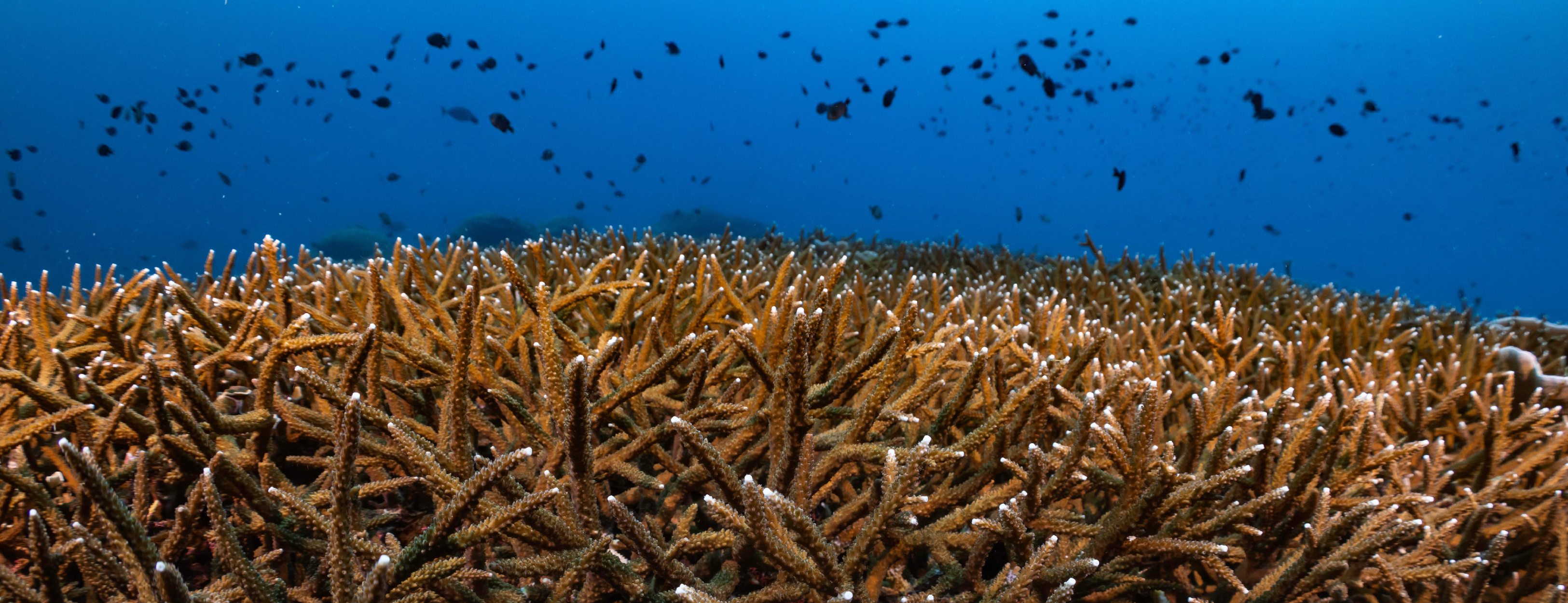
WHAT’S AT STAKE? SPECIES EDITION
PART I: MARINE AND TERRESTRIAL LIFE
The region’s arid climate and low-lying coastal areas make it vulnerable to storm-induced erosion and flooding.
This can affect coastal habitat and infrastructure.
The Arabian Gulf is already one of the most stressed marine environments on Earth. Changes in habitat quality and primary production may also affect productivity for fisheries. Increased water salinity, temperature, and acidity levels are all expected to take their toll on the marine environment as a result of climate change. Plus, increased aridity and recent climate-driven changes in vegetation are also likely to impact local agriculture, bird species, and a wide range of desert animals.
Rising sea levels
The UAE is particularly susceptible to rising sea levels because approximately 85 percent of the country’s population and over 90 percent of the infrastructure are located in low-lying coastal areas.
Even with a 1-metre rise in sea level, 1155 square kilometres of area may be submerged in water!
Danger to the coastline
Another danger with rising sea levels is coastal flooding which will cause increased salinity in coastal aquifers and soil. Moreover, many coastal habitats, such as mangroves, seagrass, and corals, will also be affected.
Did You Know?
The Abu Dhabi Emirate is particularly susceptible to climate change due to its extremely arid climate and low-lying coastal areas.
Visualising Impact


